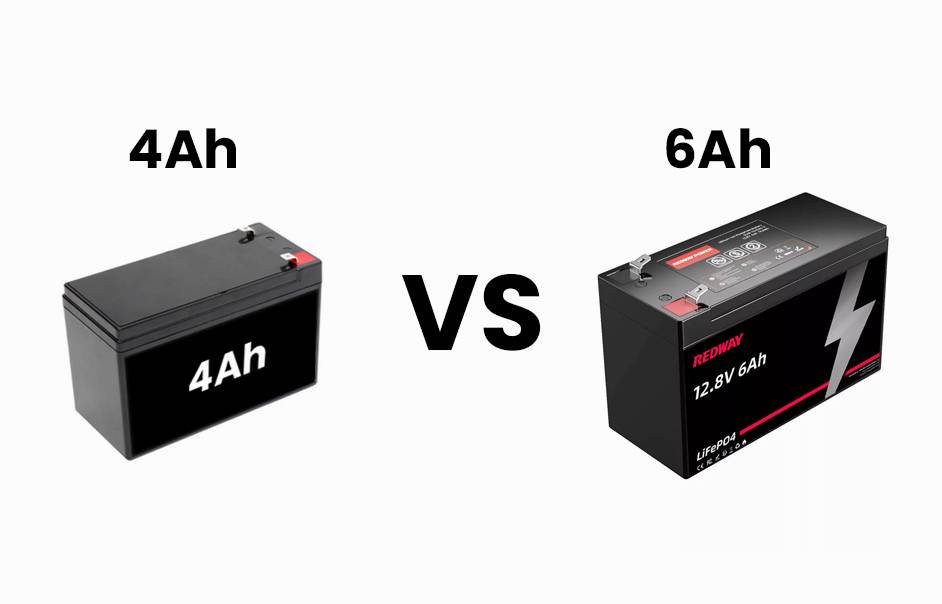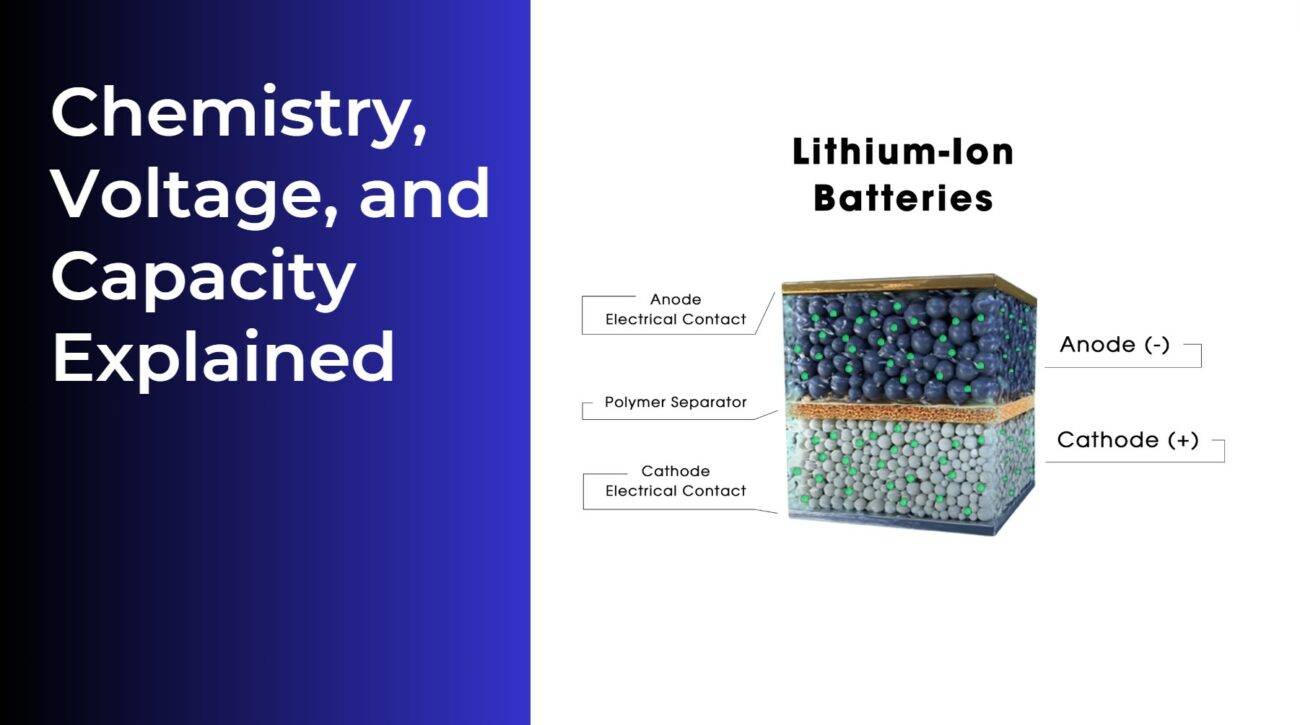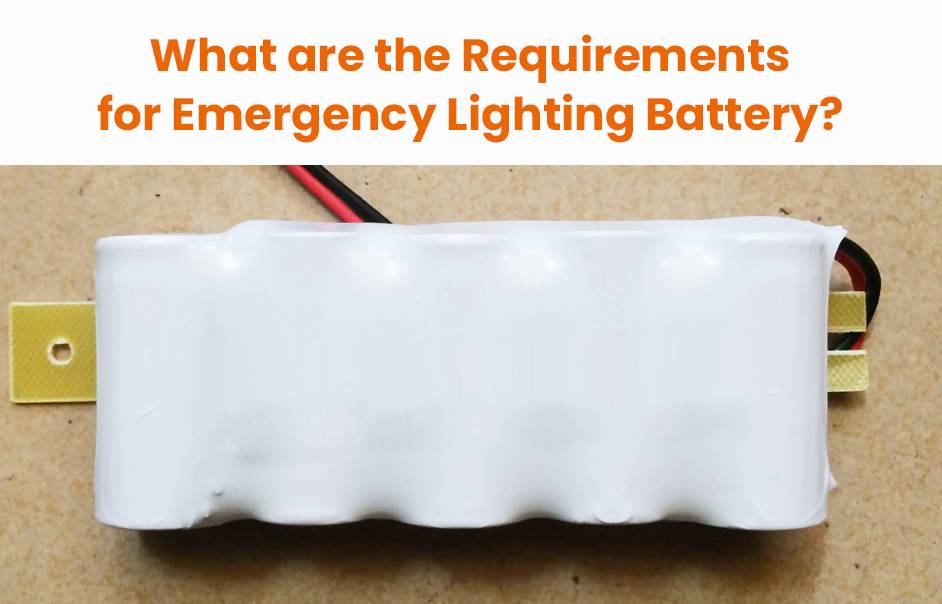- Lithium Golf Cart Battery
- Forklift Lithium Battery
-
48V
- 48V 210Ah
- 48V 300Ah
- 48V 420Ah (949 x 349 x 569 mm)
- 48V 420Ah (950 x 421 x 450 mm)
- 48V 456Ah
- 48V 460Ah (830 x 630 x 590 mm)
- 48V 460Ah (950 x 421 x 450 mm)
- 48V 460Ah (800 x 630 x 600 mm)
- 48V 460Ah (820 x 660 x 470 mm)
- 48V 500Ah
- 48V 560Ah (810 x 630 x 600 mm)
- 48V 560Ah (950 x 592 x 450 mm)
- 48V 600Ah
- 48V 630Ah
-
48V
- 12V Lithium Battery
12V 150Ah Lithium RV Battery
Bluetooth App | BCI Group 31
LiFePO4 Lithium
Discharge Temperature -20°C ~ 65°C
Fast Charger 14.6V 50A
Solar MPPT Charging - 24V Lithium Battery
- 36V Lithium Battery
- 48V Lithium Battery
-
48V LiFePO4 Battery
- 48V 50Ah
- 48V 50Ah (for Golf Carts)
- 48V 60Ah (8D)
- 48V 100Ah (8D)
- 48V 100Ah
- 48V 100Ah (Discharge 100A for Golf Carts)
- 48V 100Ah (Discharge 150A for Golf Carts)
- 48V 100Ah (Discharge 200A for Golf Carts)
- 48V 150Ah (for Golf Carts)
- 48V 160Ah (Discharge 100A for Golf Carts)
- 48V 160Ah (Discharge 160A for Golf Carts)
-
48V LiFePO4 Battery
- 60V Lithium Battery
-
60V LiFePO4 Battery
- 60V 20Ah
- 60V 30Ah
- 60V 50Ah
- 60V 50Ah (Small Size / Side Terminal)
- 60V 100Ah (for Electric Motocycle, Electric Scooter, LSV, AGV)
- 60V 100Ah (for Forklift, AGV, Electric Scooter, Sweeper)
- 60V 150Ah (E-Motocycle / E-Scooter / E-Tricycle / Tour LSV)
- 60V 200Ah (for Forklift, AGV, Electric Scooter, Sweeper)
-
60V LiFePO4 Battery
- 72V~96V Lithium Battery
- Rack-mounted Lithium Battery
- E-Bike Battery
- All-in-One Home-ESS
- Wall-mount Battery ESS
-
Home-ESS Lithium Battery PowerWall
- 24V 100Ah 2.4kWh PW24100-S PowerWall
- 48V 50Ah 2.4kWh PW4850-S PowerWall
- 48V 50Ah 2.56kWh PW5150-S PowerWall
- 48V 100Ah 5.12kWh PW51100-F PowerWall (IP65)
- 48V 100Ah 5.12kWh PW51100-S PowerWall
- 48V 100Ah 5.12kWh PW51100-H PowerWall
- 48V 200Ah 10kWh PW51200-H PowerWall
- 48V 300Ah 15kWh PW51300-H PowerWall
PowerWall 51.2V 100Ah LiFePO4 Lithium Battery
Highly popular in Asia and Eastern Europe.
CE Certification | Home-ESS -
Home-ESS Lithium Battery PowerWall
- Portable Power Stations
4Ah vs 6Ah Battery, Is A Higher Ah Battery Better?

The capacity of a 6Ah battery is 50% higher than that of a 4Ah battery. This means that the 6Ah battery can provide a longer use time compared to the 4Ah battery under the same discharge conditions. In this blog post, we will explore the differences between 4Ah and 6Ah batteries and determine if a higher Ah rating truly means better performance. So, let’s dive in and unravel the mystery behind these numbers!
Understanding Ampere-Hour (Ah) Rating
Benefits of a Higher Ah Battery
Drawbacks of a Higher Ah Battery
When to Choose 4Ah Battery over 6Ah Battery?
Factors to Consider Before Choosing a Battery
Real-life Applications and Examples
1. Power Tools: Whether you’re a professional contractor or a DIY enthusiast, power tools are an essential part of any project. A higher Ah battery can provide longer runtimes for tools like drills, saws, and sanders. This means less downtime spent charging batteries and more time getting the job done.
2. Electric Vehicles: As the popularity of electric vehicles (EVs) continues to rise, so does the demand for high-capacity batteries. A higher Ah rating allows EVs to travel further distances on a single charge, making them more practical for everyday use.
3. Solar Power Systems: Solar panels harness energy from the sun and store it in batteries for later use. In off-grid applications where there is no access to traditional power sources, such as remote cabins or RVs, higher Ah batteries are crucial for storing sufficient energy to meet daily needs.
4. Emergency Backup Power: When unexpected power outages occur due to severe weather events or other emergencies, having a reliable backup power source is crucial. Higher Ah batteries provide extended runtime during these situations, ensuring that essential devices like medical equipment or communication systems stay powered up.
5. Lawn Care Equipment: Battery-powered lawn mowers and trimmers offer eco-friendly alternatives to gas-powered counterparts without sacrificing performance. With a higher Ah battery capacity, you can tackle larger lawns without interruptions caused by frequent recharging.
Remember that while opting for a higher Ah battery may seem tempting in many scenarios due to its benefits mentioned above; it’s important always to consider your specific needs and limitations before making a decision!
Ryobi Battery Test: is the 6AH worth the extra $40 over the 4AH?
Conclusion
Choosing between a 4Ah and 6Ah battery hinges on specific needs. While the higher Ah rating offers more power and runtime, it comes with added weight and size. Consider factors like application, portability, and budget. For lighter tasks, a 4Ah battery suffices; for heavy-duty projects, opt for 6Ah. Assessing necessity against cost-effectiveness is key. Understand each battery’s capabilities and consider brand reputation and reviews. Align the Ampere-Hour rating with your requirements for optimal performance. Careful evaluation ensures the right choice between the two options, whether it’s a 4Ah or 6Ah battery.
FAQs
How do voltage ratings affect battery performance?
How does the amp hour rating relate to battery capacity?
What do amp hours tell you about a battery?
More FAQs
Is it worth the additional cost to invest in a higher Ah battery for a golf cart?
Yes, higher Ah batteries provide longer runtime and better performance, which can justify the higher initial cost if you need extended range or frequent use.
What are the long-term cost savings of using a higher Ah lithium battery in a golf cart?
Lithium batteries often have longer lifespans and lower maintenance costs compared to lead-acid batteries, leading to long-term savings despite the higher upfront investment.
What factors should be considered when selecting a battery for a golf cart?
Consider battery type (lead-acid vs. lithium), capacity (Ah), voltage (e.g., 48V), weight, size, cost, and compatibility with your golf cart’s charging system.
How does the size and weight of a 48V 150Ah battery affect its suitability for golf carts?
A 48V 150Ah battery is larger and heavier but offers extended range and higher power. Ensure your cart can accommodate its size and weight without affecting performance or safety.
What are the specific features and benefits of a 48V 150Ah golf cart battery?
A 48V 150Ah battery provides a longer range, improved performance, and potentially faster charging, along with a longer lifespan compared to batteries with lower capacity.
How does the price of a 48V 150Ah battery compare to traditional lead-acid batteries?
A 48V 150Ah lithium battery is more expensive upfront than traditional lead-acid batteries but offers greater efficiency, longer lifespan, and lower maintenance costs.
Is it worth converting a golf cart to lithium batteries?
Converting to lithium batteries can be worthwhile due to their longer lifespan, reduced weight, and better performance, which can lead to lower long-term maintenance and operational costs.
What is the charging time for a 48V 150Ah golf cart battery?
Charging time for a 48V 150Ah lithium battery typically ranges from 2 to 4 hours, depending on the charger’s power and the battery’s current state of charge.
Are 12V 100Ah LiFePO4 batteries for $300 too good to be true?
At $300, a 12V 100Ah LiFePO4 battery is competitively priced, but it’s important to verify the quality and warranty to ensure it meets performance and safety standards.
How does a higher Ah battery affect the range of a golf cart?
A higher Ah battery increases the golf cart’s range by storing more energy, allowing for longer rides between charges compared to batteries with lower Ah.
























